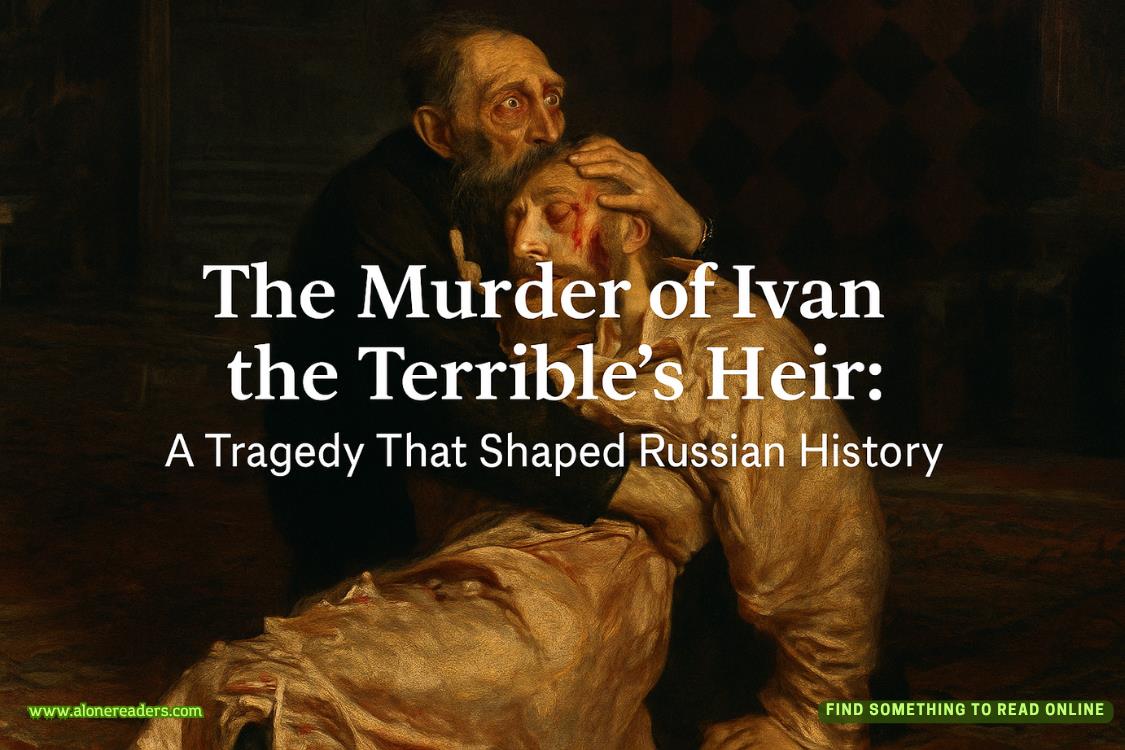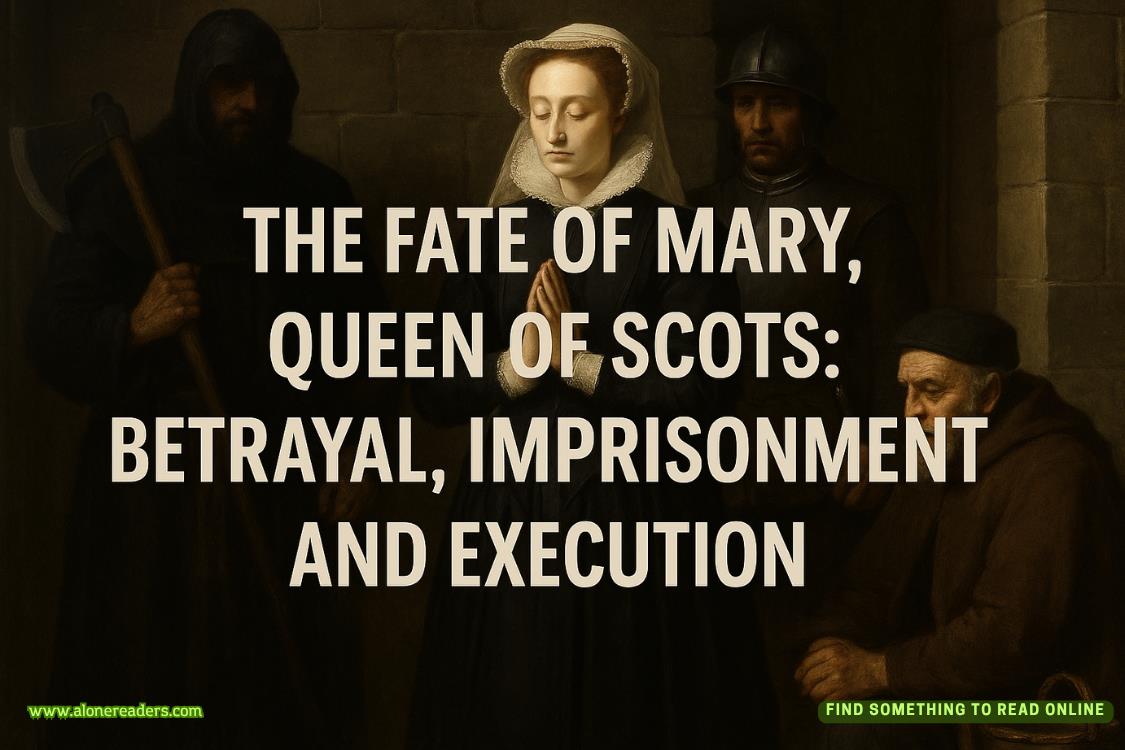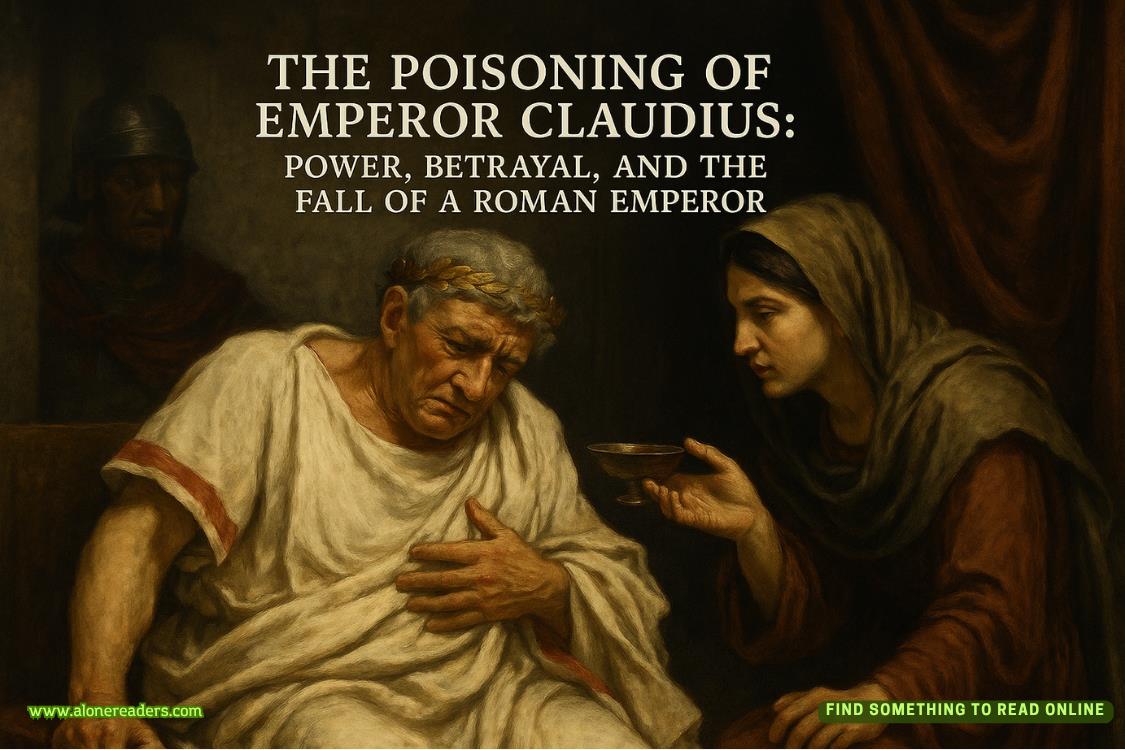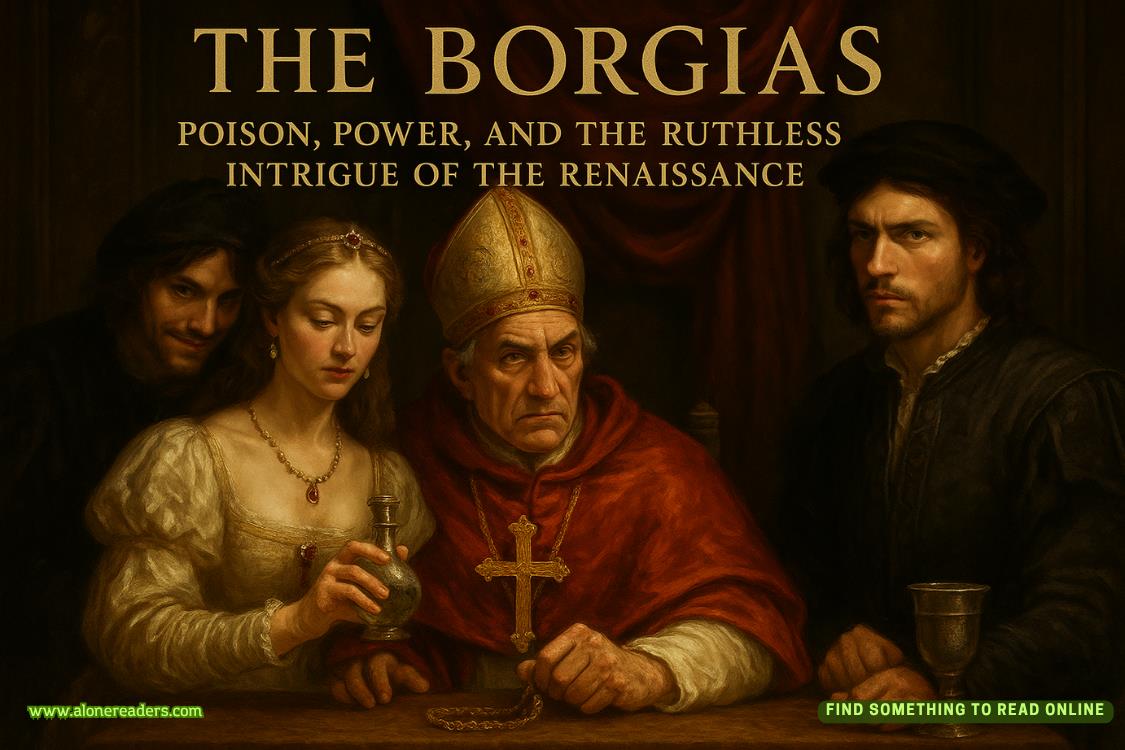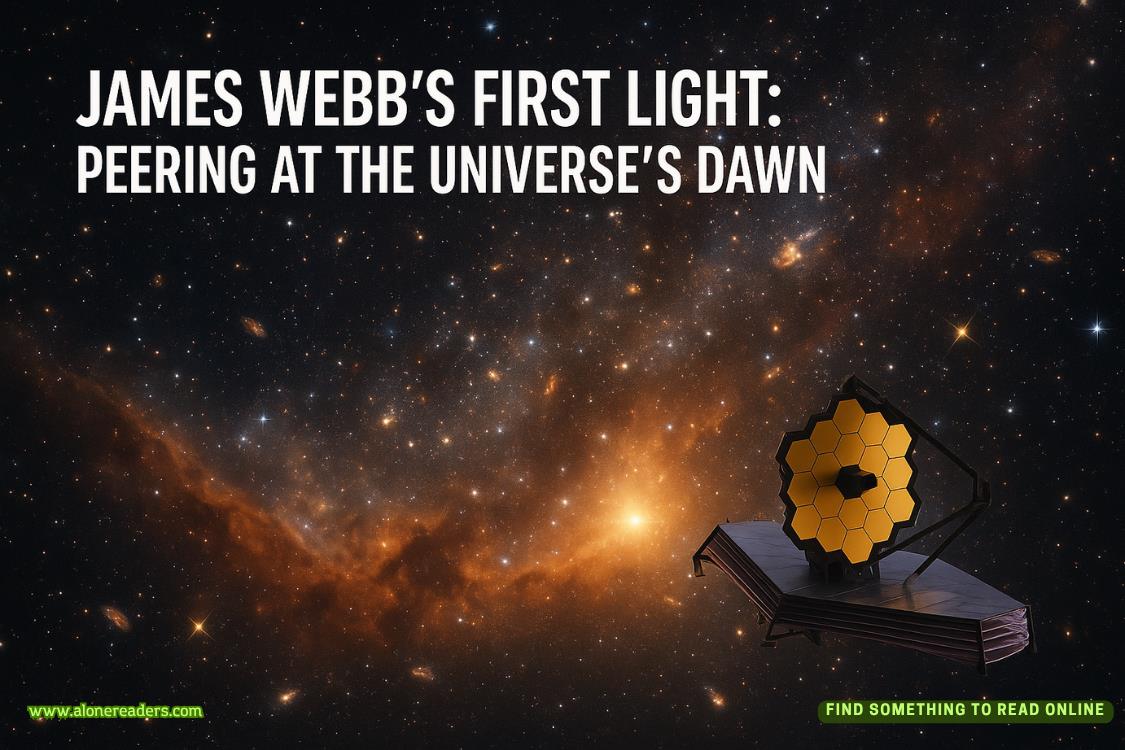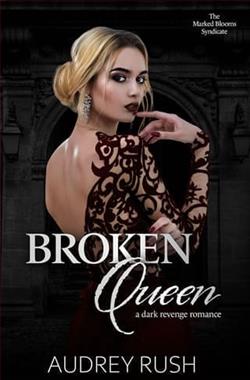Page 24 of The Secrets of Lord Grayson Child
Baines and Littlejohn recognized an olive branch when it was waved in their faces. Baines looked at Littlejohn. “We should ask the businesses in the lane if they saw anyone walking past around the time of the murder.”
Littlejohn nodded. “We can do that now, and later, I’ll ask around my snouts in case any of them have heard a whisper about someone wanting a photographer killed.”
Gray suppressed a satisfied smile. “Meanwhile, Mrs. Molyneaux and I will see if there are any other clues to be found in the darkroom or elsewhere in the workshop.”
Baines might be suspicious of Gray being so helpful, but he was also relieved. He half bowed to Izzy and to Gray. “We’ll leave you to that while we get on with our inquiries.”
Baines made for the door, and with a nod to Gray and Izzy, Littlejohn followed.
Gray waited until the pair disappeared down the workshop, presumably making for the lane, then looked at Izzy. “I assume you would very much rather the police don’t realize you’re an earl’s daughter?”
She met his eyes. “You assume correctly.” She paused, then admitted, “No one here knows.”
“You do realize that if they learn of it, they’ll assume Quimby had as well and was blackmailing you—or had threatened to blackmail you—over that?”
“Regardless, for reasons that I’m sure are obvious to you, I do not intend to reveal my connection to the Earl of Exton.”
He inclined his head in acceptance. “That being the case, I suggest we take a more active hand in the investigation.”
Izzy appreciated how adroitly he’d steered the police into pursuing other avenues. “While I’m grateful for your help and agree that the easiest way to avoid being taken up for Quimby’s murder is to find the real killer, I confess I have no idea how to do that.”
The prospect of the situation ruining everything she’d spent the past eight years building, let alone dragging her family through the mire as well, threatened to overwhelm her, but something inside her rose and faced down the specter. She hadn’t got to where she now was without dogged and sometimes ruthless determination, and she was not about to allow some nameless, faceless killer to rip away all she’d worked so hard to achieve—not without a fight, without doing her damnedest to avoid that disaster.
Her last comment had set Gray frowning. He grimaced. “Despite what I told Baines, I can’t see any obvious way forward other than hunting for some sighting of the killer, as he and Littlejohn are doing.” He met her eyes. “However, that the killer took time to ruin Quimby’s photographic plates suggests the motive for the murder lay in those plates—”
“But they’re ruined, so we can’t use them to identify the motive or the killer.”
“True.” He tapped a finger on the chair’s arm, then his features firmed. “While the police focus on the killer, let’s focus on Quimby. There must be some reason he was killed.” He glanced at her. “Baines asked your staff about Quimby’s movements, but he didn’t ask about the man himself. Why don’t we see what your staff know of him? There might be some clue there.”
She arched her brows. “Why not?” She couldn’t think of anything else they might do. She rose, and he followed her out to the workshop.
She halted just beyond the end of the counter and clapped her hands. “If you can all leave what you’re doing for a moment, his lordship and I would like your help. We need to learn as much as we can about Quimby himself, enough to get a better picture of the man in the hope that something about him will lead us to his killer.”
The staff readily downed tools and, once again, gathered in a loose circle.
Leaning against the office wall, Gray got the impression the staff often met for meetings with Izzy like this; there was a comfortableness in the way they crowded around, eager to listen.
Izzy slanted him a glance, but with a dip of his head, he indicated she should lead the discussion.
She turned to the staff. “Let’s pool everything we know about Quimby and see what sort of picture we can paint of him as a person.”
Gray settled against the wall. It was apparent the staff atThe Crierthought highly of Izzy; their respect was evident in their eagerness to help, to alleviate the burden of Quimby’s death. Initially led by Lipson and Maguire, but with the younger members soon chiming in, the group pooled their knowledge of the dead photographer, creating an image of a gruff, often irascible and outright grumpy yet relatively harmless, solidly professional man, not wealthy but sufficiently well-to-do to be able to afford the necessary equipment and supplies to pursue his chosen career.
Importantly, despite having worked alongside Quimby for nearly three years, no one had caught even the slightest hint of any of the customary vices.
“No chance he would have gambled,” Matthews observed, “not with the way he was always saving for the latest new invention.”
The others all nodded; “saving for the latest new invention” had clearly been a frequent Quimby refrain.
“He didn’t really drink, either,” Horner said. “We asked him to join us often enough, but he never was interested.”
Lipson pulled a face. “I don’t think he even had friends, not close like. When it came down to it, all he ever thought about—all he ever talked about—was photographs and the equipment to take them.”
The others nodded, and Maguire summed up, “You could say his one vice was photography. That was his passion—all he ever wanted to do was take more photographs.”
“You’re right.” Gray straightened from the wall and walked forward to halt by Izzy’s shoulder. He briefly met her gaze, then looked at the others. “In light of all you’ve said, we’ve been asking the wrong questions. What if the reason Quimby was killed had nothing to do with him per se, but was because of something he photographed?” Curiosity leapt in everyone’s eyes, and he went on, “Normally, a killer does the deed and immediately flees the scene, but Quimby’s killer spent ten or more minutes destroying all the daguerreotype negatives he could find.”
Gray paused, imagining the scene. “The killer must have heard us”—he tipped his head toward Izzy—“talking in the office. The door was open, and we were speaking normally. The rest of the place was silent, so the killer must have known we were there.” He met Izzy’s eyes, seeing them widen in understanding. “Yet the killer took the risk of us coming out and seeing him, or coming to the darkroom and cornering him there, in order to wreck those negatives.”
